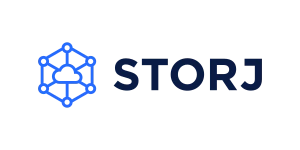Storj
Second-generation Cloud Storage Provider Storj, previously known as Tardigrade.io is a second-generation cloud storage provider, not unlike Filebase. Actually, it’s the other way around… Filebase can leverage Storj as underlying storage provider.
Storj is capitalizing on the power of Blockchain to ensure global storage redundancy. Storj’s storage network consists of thousands and thousands of (user-run) nodes across more than 80 countries.
A Node’s reputation, latency, and a random weight decide if a Node is assigned to store your files. This way Storj makes sure your files will be accessible even if you unplug your local NAS connected to Storj.
Storj makes sure there are at least 3 to 4 copies of the file stored across multiple nodes in the network in the same “Satellite”, which is a region like Americas, Asia Pacific or Europe.




